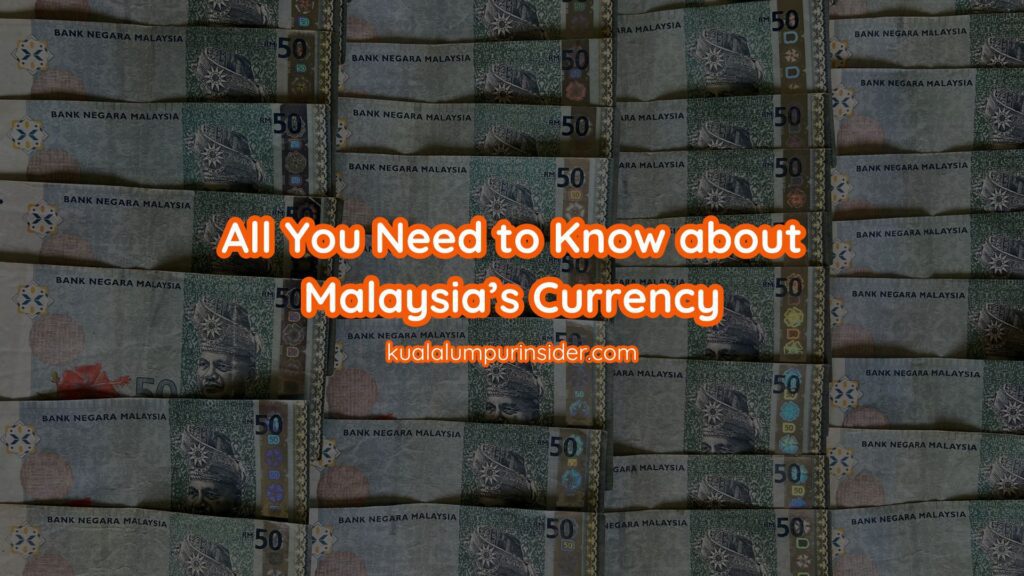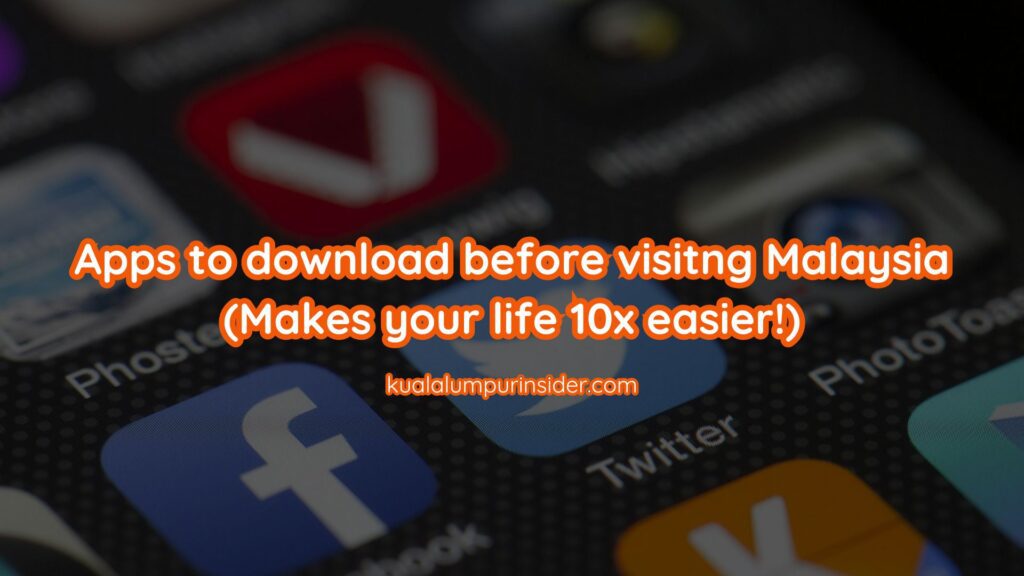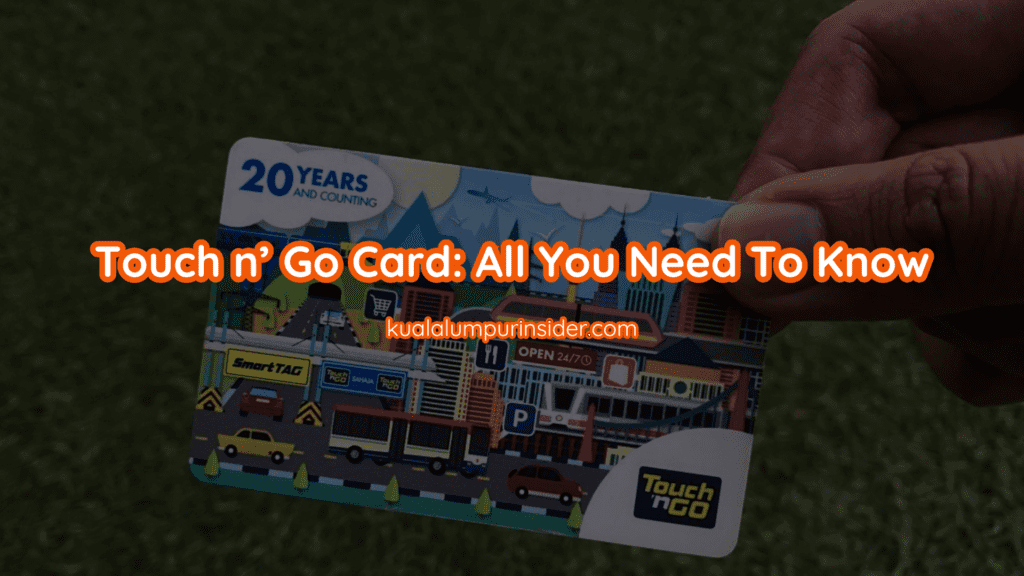Malaysia has its own currency called the Malaysian Ringgit.
In this article, I’ll share more about the Malaysian Ringgit, including its names, international abbreviations, symbols, what it looks like in bill and coin form, and the exchange rates with other currencies.
What is Malaysia’s currency?

Malaysia’s currency is called the Malaysian Ringgit. You can pronounce it in two syllables as Ring-Git (Follow the English phonetics).
In the Malay language, it is written as Ringgit Malaysia. There is no difference in spelling but just a different order of the words by grammatical difference. In the everyday context, Malaysians will simply say Ringgit only (As you would with Dollars and not US Dollars when in the US), such as 1 Ringgit, 10 Ringgit, 50 Ringgit.
In the Chinese language, it is called 令吉 (ling ji) or 马币 (ma bi). The former is a Chinese mirroring of the English pronunciation, where as the latter directly translates to Malaysian Currency. In the everyday context though, these pronunciations will only occur in a full Chinese conversation, so as a traveler you probably won’t hear this unless you speak Chinese. Just stick to the English pronunciation as it’s universally understood among Malaysians.
If you do speak Chinese, 令吉 is used more often, while 马币 is used in more official contexts only. However, 块 (kuai) is used the most as it’s the quickest to pronounce. What you’ll hear is 一块 (yi kuai), 两块 (liang kuai), 三块 (san kuai).
The denomination of the Ringgit is the Cent, like the USD. In Malay, it’s spelled as Sen while in Chinese, it is 仙 (xian).
Malaysian Ringgit currency code and abbreviation
The Malaysian Ringgit currency code is MYR, as you’ll see in currency exchange contexts (eg. USD/MYR).
The abbreviation is RM, short for Ringgit Malaysia. There is no symbol for the Malaysian Ringgit. In the everyday context, RM is used for display on signs, menus, and labels (eg. RM5, RM10, RM100, or RM10.50).
Malaysian Ringgit banknotes and coins
The Malaysian banknotes to take note of are the RM1, RM5, RM10, RM20, RM50, and RM100 banknotes. They are still in circulation today and are widely accepted, although street vendors or taxi drivers will prefer RM1, RM5, RM10, and RM20 banknotes as a smaller change.
If you ever come across an RM2 banknote, keep it! It is still accepted, but circulation for the RM2 banknote discontinued in 2020, so it’s probably worth quite a bit as a collectible now.
For coins, there are 5 sen and 10 sen coins that are silver in colour, while the 20 sen and 50 sen coins are both silver (Old) or gold (New) in colour. The 1 sen (Bronze in colour) is discontinued but still accepted, however you’ll rarely have to use it. It is not as rare as the RM2 though, so it’d be worth less as a collectible.
What is on the current Malaysian banknotes and coins?
The design on the front of the Malaysian banknotes is all the same. The red flower is the Hibiscus, Malaysia’s national flower. The person on the note is Tuanku Abdul Rahman, Malaysia’s first king.
On the back of the RM1 note, you will see Malaysian kites called wau. It is a traditional activity popular in the east coast of the Peninsular, and it is often associated with celebrating a good harvest season.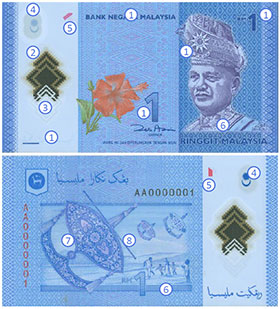
On the back of the RM5 note, you will see hornbills. The hornbill is native to Borneo, a unique representation of Sabah and Sarawak.
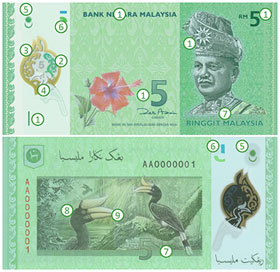
On the back of the RM10 note, you will see the Rafflesia flower. A unique flower found in Malaysia that has a unique smell and can group up to one meter in diameter.
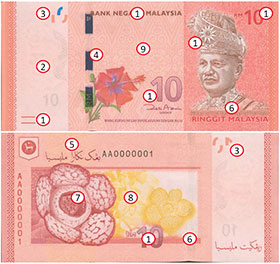
On the back of the RM20 note, you will see turtles that are unique to the Malaysian waters. They’re usually found on the east coast of Malaysia and are unfortunately an endangered species.
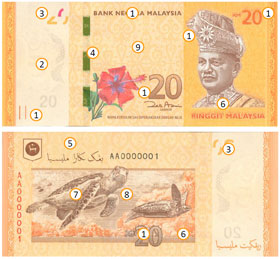
On the back of the RM50 note, you will see palm trees on the left, which is a significant tribute to Malaysia being the second-largest producer and exporter of palm oil. On the right, you will see Malaysia’s first Prime Minister, Tunku Abdul Rahman in his iconic declaration of Malaya’s independence from the British.
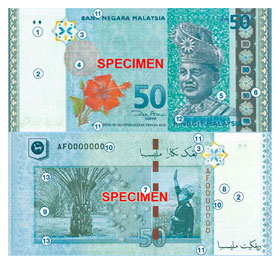
On the back of the RM100 note, you will see the Mulu Pinnacles of Sarawak (Spiky limestones) on the left, and Mount Kinabalu of Sabah (Highest peak of Southeast Asia) on the right.
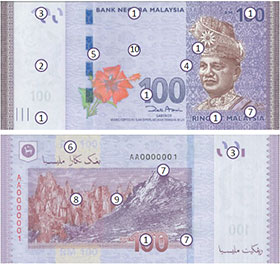
Here’s a video by the Malaysian national bank introducing the Malaysian banknotes and coins:
Malaysian Ringgit exchange rates
For the most current Malaysian currency exchange rates, click here.

